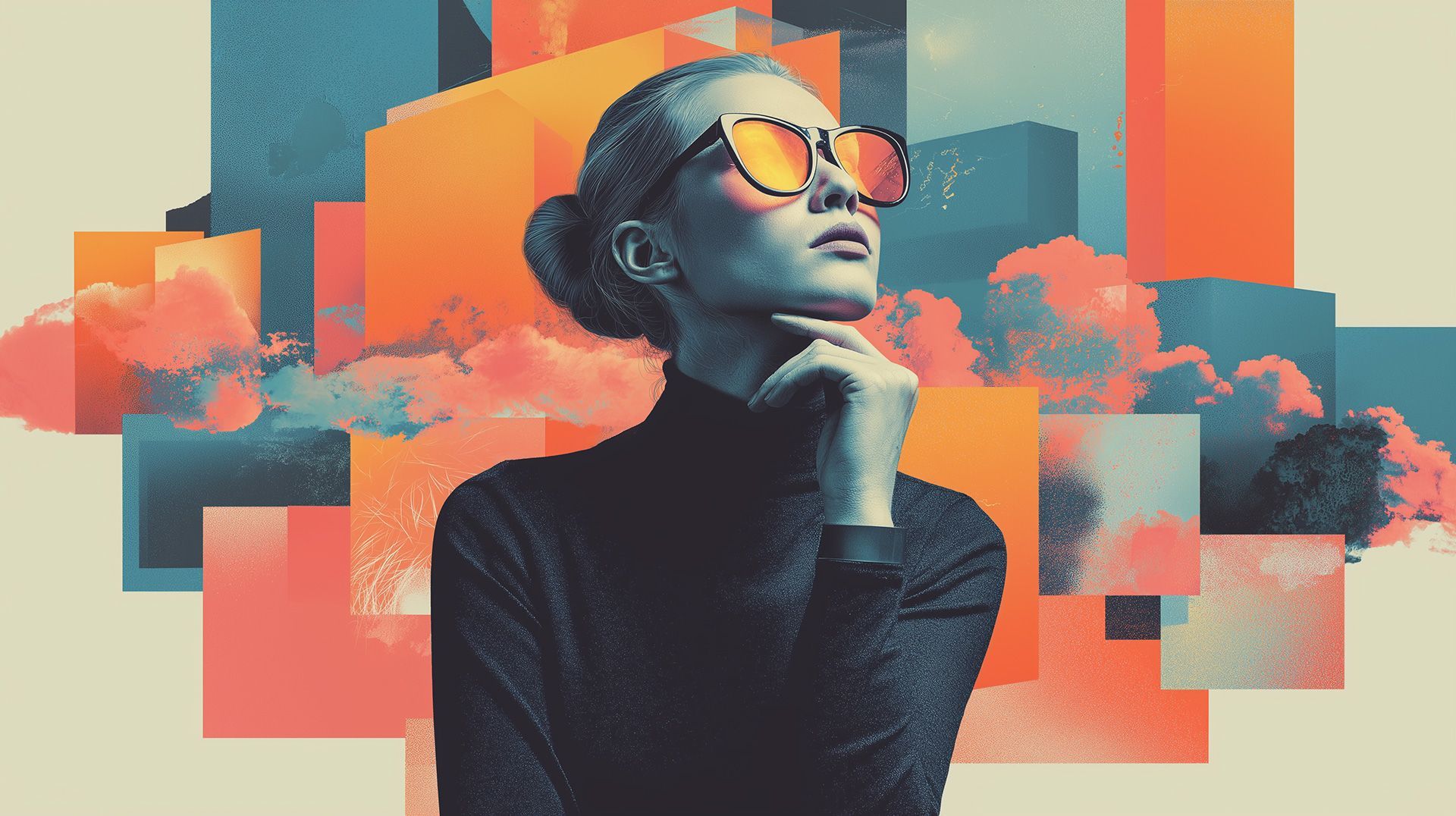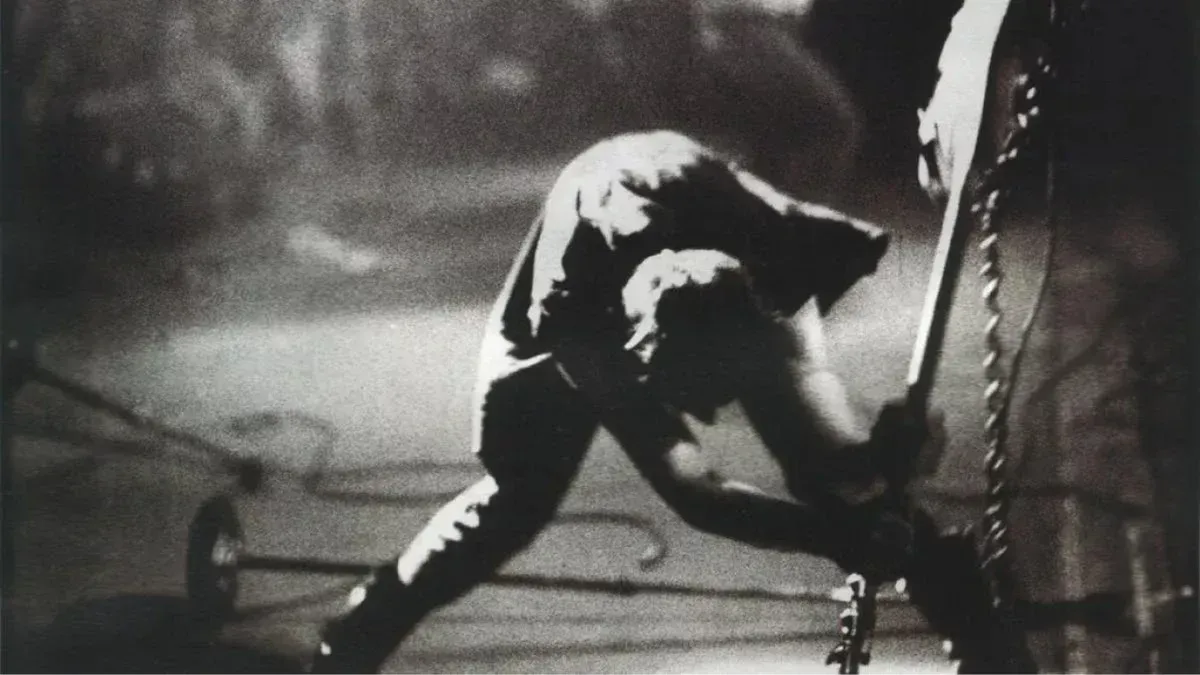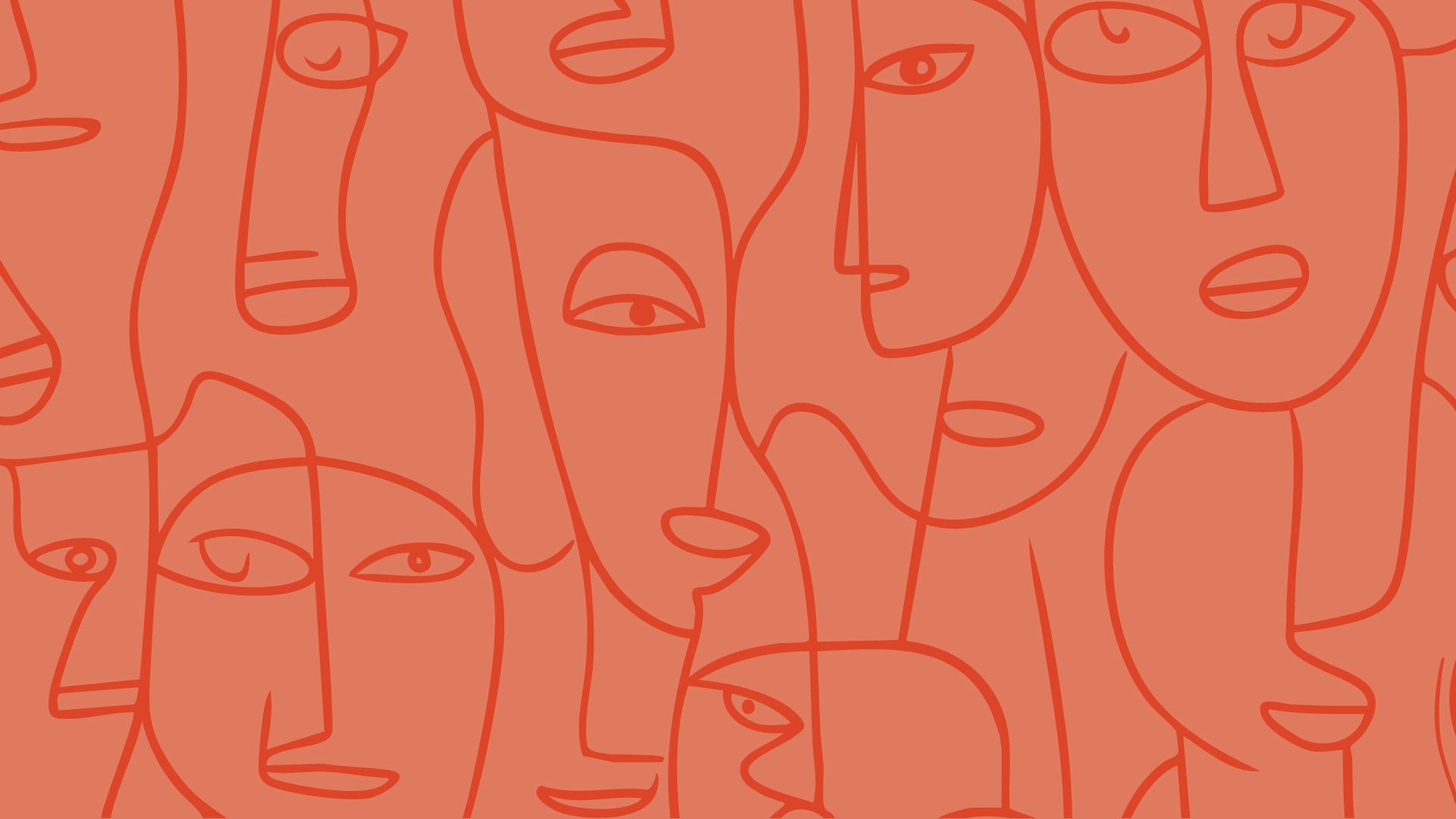History Repeating: Why the AI Panic Feels Familiar
By Becky Loring
We’ve seen this before. Headlines predicting collapse. Industry leaders warning of job loss and creative decline. Widespread concern about the future of work. Replace “AI” with “internet,” “digital photography,” or “Photoshop,” and you’re reading headlines from the 1990s or early 2000s.
The panic around AI transforming creative work isn’t new. It’s a recurring pattern. Every major creative technology has been met with skepticism, resistance, and fear of replacement. What’s often missed is what comes next: adaptation, new roles, and creative expansion.
We’ve always found a way to keep creating.
When the Internet Was Dismissed
In 1995, Newsweek columnist Clifford Stoll published an op-ed titled “The Internet? Bah!” in which he claimed:
"No online database will replace your daily newspaper, no CD-ROM can take the place of a competent teacher, and no computer network will change the way government works.”
Even economist Paul Krugman underestimated the internet’s potential. Writing in
Red Herring in 1998, he suggested:
“By 2005, it will become clear that the Internet’s impact on the economy has been no greater than the fax machine’s.”
These were not fringe opinions. They came from trusted voices who, like many at the time, struggled to imagine the full impact of an emerging tool.
Digital Photography Faced Industry Resistance
When digital photography began gaining traction in the 1990s, adoption wasn’t immediate. According to Britannica, many photojournalists approached it with caution. Concerns ranged from image quality and workflow disruption to preserving traditional skills.
Even as late as 2001, major news events like the 9/11 attacks were still photographed primarily on film.
Digital cameras didn’t replace photography overnight. They reshaped the medium over time, expanding what was possible and giving rise to new forms of visual storytelling.
Photoshop and the Trust Crisis
Photoshop 1.0 launched in 1990 and quickly raised ethical concerns. With just a few clicks, photographers could manipulate reality. What once required complex darkroom techniques became far more accessible.
Photojournalists worried about public trust and professional standards. But while Photoshop introduced new risks, it also democratized editing and unlocked creative possibilities. The debate wasn’t about whether manipulation should exist. It was about who had access to it, and how it would be used.
Video Editing, Music, and Design Faced the Same Story
This pattern has repeated across disciplines:
- Digital video editing tools like Avid’s Media Composer (1989) were rejected by some film editors who saw them as a threat to craftsmanship. Yet nonlinear editing soon became standard across the industry.
- Digital music distribution sparked panic in the early 2000s. Labels fought piracy with aggressive Digital Rights Management (DRM), like Sony BMG’s infamous rootkit software, rather than adapting to new platforms.
- Desktop publishing was said to eliminate the need for graphic designers. Instead, it opened design up to new voices and created entirely new categories of creative work.
In each case, the tools didn’t destroy creative industries. They transformed them.
AI Is the Latest Chapter
Today, we’re hearing familiar fears. This time, they’re about generative AI. Concerns about job displacement, skill devaluation, and the “death” of original content are everywhere. But the language isn’t new. It echoes decades of reaction to earlier innovations.
And just like before, adaptation has already begun. Designers, marketers, writers, and developers are experimenting with AI tools not to replace their work, but to augment and extend it.
Why We Fall Into the Same Trap
There’s a psychological bias at play. Humans are naturally loss-averse. We focus more on what we risk losing than what we might gain. When familiar workflows are disrupted, fear feels more rational than curiosity.
Creative professionals are especially vulnerable to this thinking. Our tools are deeply tied to our identity. When they change, it can feel personal.
But technology doesn’t erase creativity. It reshapes the environment in which creativity happens.
What History Actually Shows
Every technological shift brings both disruption and opportunity. Roles evolve. New ones emerge. Entire industries are born. Some examples:
- The internet didn’t just change marketing. It created new disciplines like SEO, UX design, and social media management.
- Digital photography eliminated film lab roles but expanded opportunities for content creators, educators, and visual storytellers.
- Photoshop reduced demand for traditional retouching and launched entire fields in digital art, compositing, and visual effects.
The pattern is not replacement. It’s reinvention.
A Tool, Not a Threat
AI, like every creative tool before it, is only as disruptive as the limits we place around it. Yes, it changes the game. But the skills that define great creative work, such as empathy, storytelling, judgment, and strategic thinking, remain irreplaceable.
Creatives who adapt early will help shape how these tools are used. They’ll influence how standards evolve. And they’ll gain fluency in technologies that will define the next chapter of our industry.
Learning from the Past
Rather than fearing what might change, we can choose to focus on what we want to build. History gives us the perspective to navigate disruption with purpose.
The internet didn’t end journalism. It changed how we reach readers. Digital photography didn’t destroy photography. It expanded who could participate. Photoshop didn’t erase truth. It gave us new ways to communicate.
AI won’t erase creativity. It will change who gets to contribute and how fast we can bring ideas to life.
We’ve been here before. And we’ve always found a way forward.



